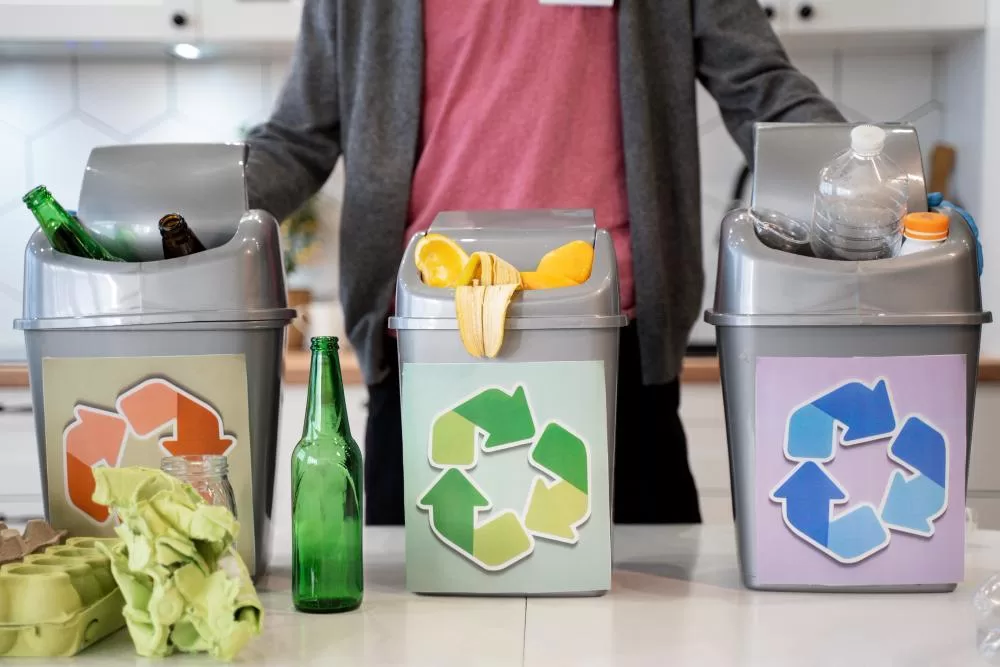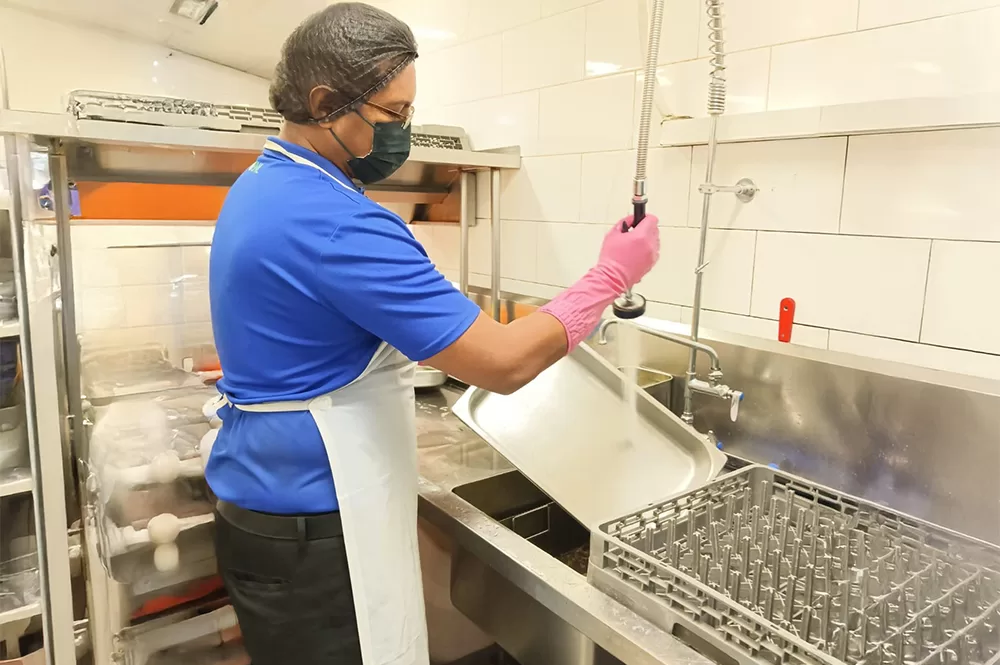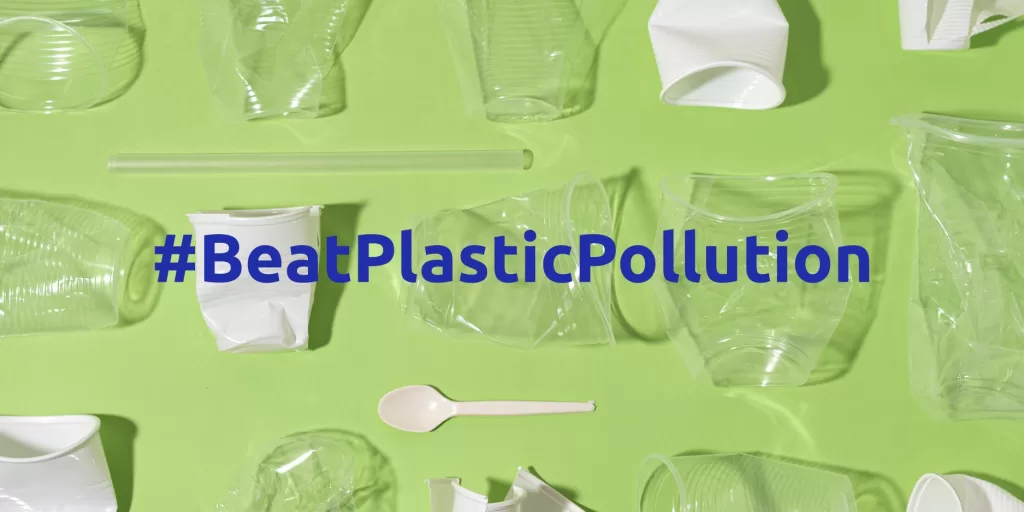While recycling plays a crucial role in waste management, it’s not the ultimate solution to our growing waste problem. Traditional recycling methods often have limitations, and we need to explore more innovative waste management consulting services and waste audit consulting services to create a truly sustainable future. This involves moving beyond simply sorting our waste and embracing a more circular approach to resource management.
Exploring these alternatives is crucial in Singapore, where land is scarce and environmental concerns are paramount. For instance, smart waste management solutions such as smart bins and food digesters are helping reduce the strain on landfill space while promoting efficiency. Let’s delve into some of the innovative solutions that are transforming the waste disposal services and waste collection services landscape in Singapore.
Upcycling
Upcycling is a creative and sustainable approach to waste reduction that goes beyond traditional recycling. Instead of simply breaking down materials and repurposing them, upcycling transforms waste materials into new products of higher value or quality. This process sparks innovation and gives discarded items a second life, reducing the need for new resources and minimising waste. It also complements waste management consulting services and other innovative waste reduction strategies being adopted in Singapore.
Here are some inspiring examples of upcycling initiatives in Singapore:
Textile Waste into Fashionable Garments: Young Singaporean fashion labels like Commenhers, Fuwari, and Superwasted are tackling textile waste by upcycling fabric scraps and discarded clothing into unique and stylish garments. This idea reduces textile waste going to landfills and promotes a more circular fashion industry, supporting the country’s broader smart waste management solutions.
Plastic Waste into Everyday Products: Plastify, Singapore’s first plastic upcycling community, gathers volunteers to transform plastic waste into everyday products like coasters, earrings, and carabiners. The community also conducts maker workshops and educational talks to raise awareness about plastic pollution and empower individuals to take action regarding plastic recycling in Singapore. Their efforts align closely with waste collection services and waste disposal services aimed at reducing the city’s waste burden.
Upcycling offers numerous environmental and economic benefits. By transforming waste into new products, upcycling diverts materials from landfills, extending the lifespan of these sites and reducing environmental impact.
At the same time, upcycling also reduces the need to extract new resources, conserving valuable natural resources and minimising the environmental footprint associated with manufacturing new products. Moreover, upcycling can create new economic opportunities, supporting local businesses and artisans who specialise in transforming waste materials into valuable products. This trend highlights how waste audit consulting services and innovative disposal services in Singapore can work hand-in-hand with grassroots initiatives to create a truly sustainable future.
Waste-to-Energy
Another solution is to utilise waste-to-energy (WtE) technology. It offers an innovative approach to waste management by converting waste into a valuable energy resource. Instead of simply disposing of waste in landfills, WtE processes harness the energy potential of waste, reducing reliance on fossil fuels and contributing to a more sustainable energy mix. This is particularly relevant in Singapore, where limited land availability makes efficient waste disposal services essential.
Among the technologies used in waste-to-energy conversion are incineration, gasification, anaerobic digestion, and pyrolysis.
In Singapore, waste-to-energy plays a crucial role in waste management, with several WtE plants operating to reduce the volume of waste sent to landfills and generate clean energy. However, there are also challenges associated with WtE technologies:
- Air Emissions: WtE plants can release air pollutants if not properly controlled. Strict emission standards and advanced pollution control technologies are essential to minimise environmental impact.
- Ash Management: WtE processes generate ash residue that needs to be managed responsibly. This can involve recycling the ash for use in construction materials or disposing of it in designated landfills.
- Public Perception: There can be public concerns about the safety and environmental impact of WtE plants. Open communication and transparency are crucial to address these concerns and build public trust.
Embracing the Circular Economy Model
The circular economy presents a shift in how we approach resource management, moving away from the traditional linear model of “take-make-dispose.” Instead, it aims to keep resources in use for as long as possible, extracting maximum value before recovering and regenerating materials at the end of their service life. This model is built on three key principles: eliminating waste and pollution, circulating products and materials, and regenerating natural systems.
To embrace the circular economy, businesses and individuals can:
- Choose products designed to last, and that can be easily repaired or refurbished. This will extend their lifespan and reduce the need for replacements.
- Opt for companies that prioritise sustainable practices, such as using recycled materials, offering product take-back schemes, and designing for disassembly and reuse.
- Minimise unnecessary purchases and find creative ways to reuse materials and products before discarding them.
- Ensure that recyclable and compostable materials are properly sorted and processed to maximise resource recovery.
- Support policies and regulations that encourage businesses to adopt circular economy practices and support the development of sustainable infrastructure.
The Future of Waste Reduction : Trends and Innovations
The field of waste management is constantly evolving, with new technologies and approaches emerging to address the growing challenges of waste reduction. Waste management companies in Singapore, like BNL, are at the forefront of this evolution, adopting innovative solutions and contributing to a more sustainable future.
Here are some of the trends and innovations shaping the future of waste reduction:
- AI and Machine Learning: Optimising waste sorting, collection, and processing for improved efficiency and resource recovery.
- Robotics and Automation: Automating tasks to improve efficiency and reduce risk.
- Smart Bins and IoT: Monitoring fill levels, optimising collection routes, and detecting contamination for improved waste management logistics.
- Bioplastics and Biodegradable Materials: Offering sustainable alternatives to conventional plastics, reducing pollution, and contributing to a circular economy.
- Waste-to-Energy Advancements: Generating energy from waste more efficiently and with less environmental impact.
- Extended Producer Responsibility (EPR): Holding producers accountable for the end-of-life management of their products, encouraging design for recyclability and reuse.
These innovations and trends hold immense promise for creating a more sustainable future. By embracing these advancements, we can take work towards minimising waste, valuing resources and safeguarding the environment.




